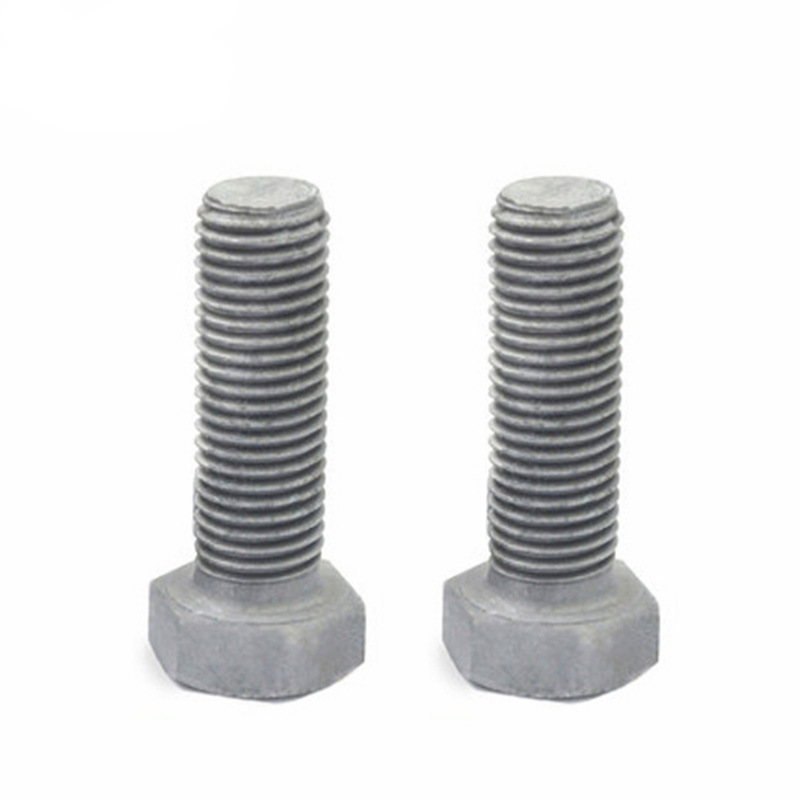

Exploring the Benefits of Self-Drilling and Self-Tapping Screws for Efficient Construction
Okt . 22, 2024 06:43 Back to list
Exploring the Benefits of Self-Drilling and Self-Tapping Screws for Efficient Construction
Understanding Self-Drilling and Self-Tapping Screws A Comprehensive Overview
In the realm of construction and manufacturing, the importance of fasteners can hardly be overstated. Among the diverse range of fasteners, self-drilling and self-tapping screws have carved out a significant niche due to their efficiency and versatility. This article delves into the characteristics, applications, and advantages of these essential components in various projects.
What Are Self-Drilling and Self-Tapping Screws?
Self-drilling screws are designed with a drill-like point that eliminates the need for a pre-drilled hole. This feature allows the screw to penetrate a material and create its own hole simultaneously. On the other hand, self-tapping screws have a specially designed tip that allows them to create threads in pre-drilled holes or when driven into certain materials. While both types serve the purpose of fastening components together, their mechanisms and applications can vary significantly.
Key Features
1. Design Self-drilling screws generally have a sharper point and a unique flute that facilitates the drilling process. Self-tapping screws can have various thread designs, but their primary function is to cut into the material rather than drill through it.
2. Material Both screw types are often made from steel, though they can also be found in materials like stainless steel or plastic, depending on the intended application. The choice of material significantly affects their strength, corrosion resistance, and overall durability.
3. Thread Type Self-drilling screws usually have a coarse thread to provide a strong grip in softer materials, while self-tapping screws can come with coarse or fine threads depending on the material they are intended to penetrate.
Applications
The versatility of self-drilling and self-tapping screws makes them suitable for a wide range of applications
- Construction In building frameworks, self-drilling screws are commonly used to secure metal sheeting to steel or wood frames. Their ability to penetrate materials without pre-drilling saves time and labor costs.
self drilling self tapping screws

- Automotive In the automotive industry, these screws are used for assembling various components, securing parts, and affixing panels. Their reliability is crucial for ensuring the structural integrity of vehicles.
- Electronics Many electronic devices utilize self-tapping screws to secure casings and internal components. The precision and ability to create a strong hold in fragile materials are essential in this context.
- HVAC Systems Self-drilling screws are frequently used in the installation of heating, ventilation, and air conditioning systems. They provide efficient and secure fastening for ducts and panels.
Advantages
1. Efficiency One of the most significant benefits of self-drilling and self-tapping screws is the time-saving aspect. The ability to eliminate pre-drilling means that projects can move forward more quickly, reducing labor costs and increasing productivity.
2. Reliability When installed correctly, these screws provide a strong and secure hold. Their unique designs allow them to function effectively in a variety of materials, including metal, wood, and plastic.
3. Versatility The wide range of materials and types available means that there is a suitable self-drilling or self-tapping screw for almost any application. This adaptability makes them a go-to choice for engineers and contractors alike.
4. Cost-Effective By combining two operations into one, self-drilling screws reduce the number of tools and equipment needed on a job site, leading to potential cost savings.
Conclusion
Self-drilling and self-tapping screws are indispensable tools in modern construction and manufacturing. Their unique designs facilitate quicker assembly, robust fastening, and versatility across numerous applications. Understanding the differences between these two types of screws, as well as their specific characteristics and benefits, can lead to better project outcomes and enhance overall efficiency in various industries. As technology evolves, we can expect these fasteners to continue to play a crucial role in building and manufacturing processes worldwide.
Latest news
-
Hot Dip Galvanized Bolts-About LongZe|High Strength, Corrosion Resistance
NewsJul.30,2025
-
High-Strength Hot Dip Galvanized Bolts - Hebei Longze | Corrosion Resistance, Customization
NewsJul.30,2025
-
Hot Dip Galvanized Bolts-Hebei Longze|Corrosion Resistance&High Strength
NewsJul.30,2025
-
High-Strength Hot-Dip Galvanized Bolts-Hebei Longze|Corrosion Resistance&High Strength
NewsJul.30,2025
-
Hot Dip Galvanized Bolts-Hebei Longze|Corrosion Resistance&High Strength
NewsJul.30,2025
-
Hot Dip Galvanized Bolts - Hebei Longze | Corrosion Resistance, High Strength
NewsJul.30,2025

